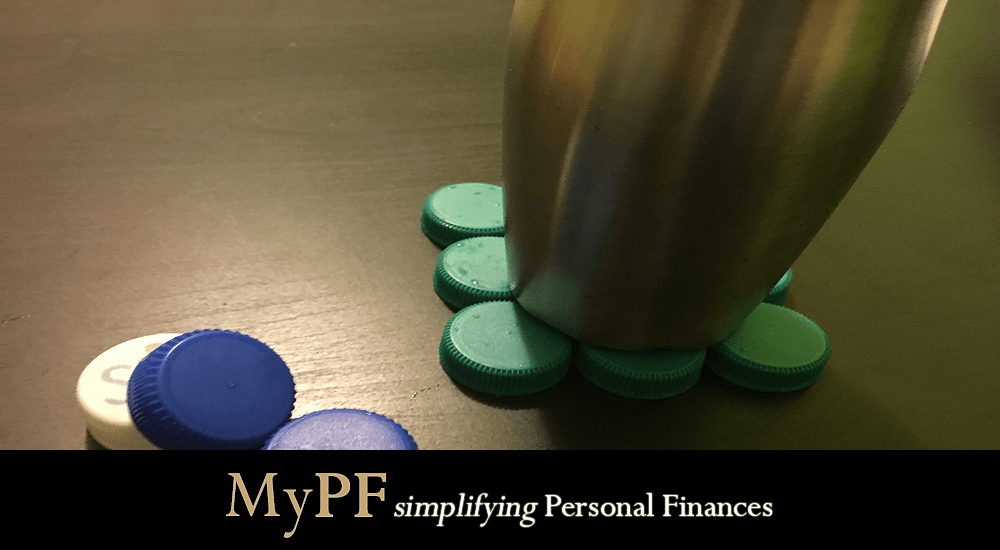What is the #BottleCapChallenge ? Here’s a whole new bottle cap challenge for all your residents of planet earth.
Contents
What is the Bottle Cap Challenge?
This viral craze is believed to have been started by a Taekwondo expert Farabi Devletchin. Celebrities jumped onto the action with UFC fighter Max Holloway, followed by John Mayer, Jason Statham, Conor McGregor and Floyd Mayweather.
[embedyt]https://youtu.be/iyqhmodEBtQ[/embedyt]
Then there’s Ryan Reynolds (lol)
[embedyt]https://youtu.be/-VCPj5F7z7I[/embedyt]
While it’s all fun and games with celebs doing silly stuff, there’s another #bottlecapchallenge that’s going to take a longer time to fix.
Bottle Caps and Zero Waste
Plastic bottle caps are usually made of polypropylene or high-density polyethylene (HDPE). The plastic used in bottle caps are different from the plastic used in the bottle body itself.
Plastics bottle caps do NOT biodegrade!
Plastic bottle caps take hundreds of years to decompose in a landfill. There are estimated 35 million plastic bottles thrown away every year in the US and millions more around the world. Bottle caps are the top five litter found in beaches and in oceans which are deadly for wildlife. For example, turtles who accidentally eat bottle caps leads to trapped gas from the debris decomposition causing the turtle to float and starve or get targeted by predators. Birds end up dying with plastic inside them from eating debris such as plastic bottle caps.
More than 60% of caps found in sea waste are from drink packaging!
[embedyt]https://youtu.be/8Ri0RAsctYo[/embedyt]

Your #BottleCapChallenge
1. Recycle Plastic Bottles and Bottle Caps
The good news is that recycling centers are increasingly accepting plastic bottle caps for recycling. You may be requested to separate the plastic bottle cap into a separate container from the plastic bottle itself. Recycling plastic uses 88% less energy than making plastic from raw materials. How it works is that the material recovery factory (MRF) will sshred the plastic into flakes which are then washed, rinsed, dried and melted into pellets to make new plastic materials.
2. Use a Reusable Water Bottle
You save an estimated 100 plastic bottles a year by choosing to use reusable water bottles. Kudos to various malls (i.e. 1Utama) and shops (i.e. BodyShop) which provide water dispensers for free. This is also healthier as you avoid exposing your water to hot temperatures under the sun in Malaysia. Plastic used in water bottles release release antimony and bisphenol A (BPA) if exposed to heat for long periods which can cause heart problems, diarrhea, vomiting, ulcers, and increase risk of cancer.
3. Repurpose Bottle Caps
If you cannot find a local community recycling center that accepts bottle caps, you do have alternatives. You can use bottle caps for crafts and DIY projects such as decorative art pieces, mini containers, and coasters! Coasters Tip: Use resin, wire or a jar lid as a base to hold the plastic bottle caps together.
More Info
- The Ugly Journey of a Plastic Bottle Cap (ProjectAware.org)
- Recycling Collection Centers in Klang Valley (GecNet.info)
[Editor’s Note: This is our MyPF’s first Zero Waste article and we look forward to sharing more as personal finance, investing, and social responsibility does go hand in hand.]




Leave A Comment